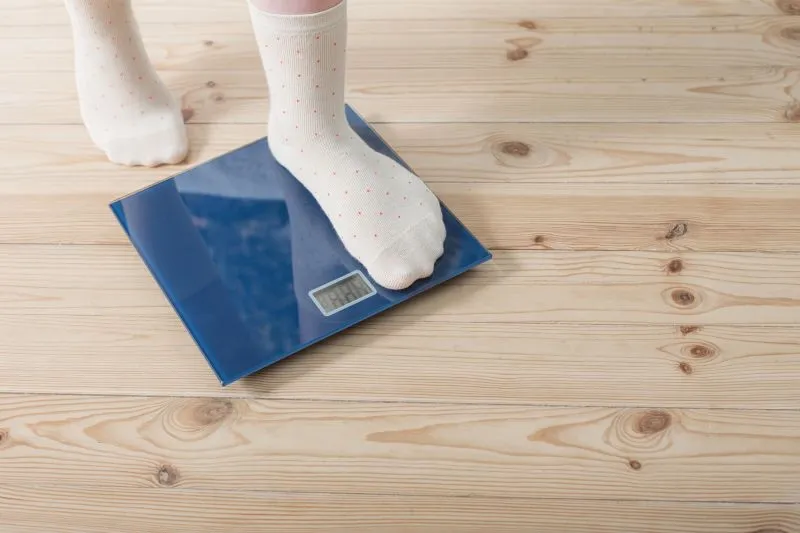Saxenda and Its Impact on Childhood Obesity

Significant Findings on Saxenda for Younger Kids
In groundbreaking research, children aged 6 to 12 who were treated with saxenda demonstrated a remarkable average BMI reduction of 7.4 percentage points compared to a placebo group. The study conducted among 82 participants revealed that those receiving daily liraglutide injections not only lost more weight, but also showcased improvements in their BMI, highlighting the drug's effectiveness.
Safety and Efficacy of Saxenda
While saxenda is considered safe for use in young patients, some adverse effects such as nausea and stomach issues were reported. However, these symptoms tended to lessen over time, indicating a manageable side effect profile.
Long-Term Implications and Recommendations
- Obesity Treatment for Young Children: Experts advocate for earlier interventions as the effects observed in younger children were notably stronger than in teens.
- The Need for Further Research: Ongoing studies are necessary to fully understand the long-term effects of Saxenda on children’s health and development.
- Guidelines on Obesity Management: Current medical guidelines suggest a combination of behavioral interventions and medication for effective obesity management.
This research underscores the importance of addressing childhood obesity with effective medical solutions like saxenda to mitigate associated health risks later in life. For further information on the study and its implications, please seek additional resources.
This article was prepared using information from open sources in accordance with the principles of Ethical Policy. The editorial team is not responsible for absolute accuracy, as it relies on data from the sources referenced.